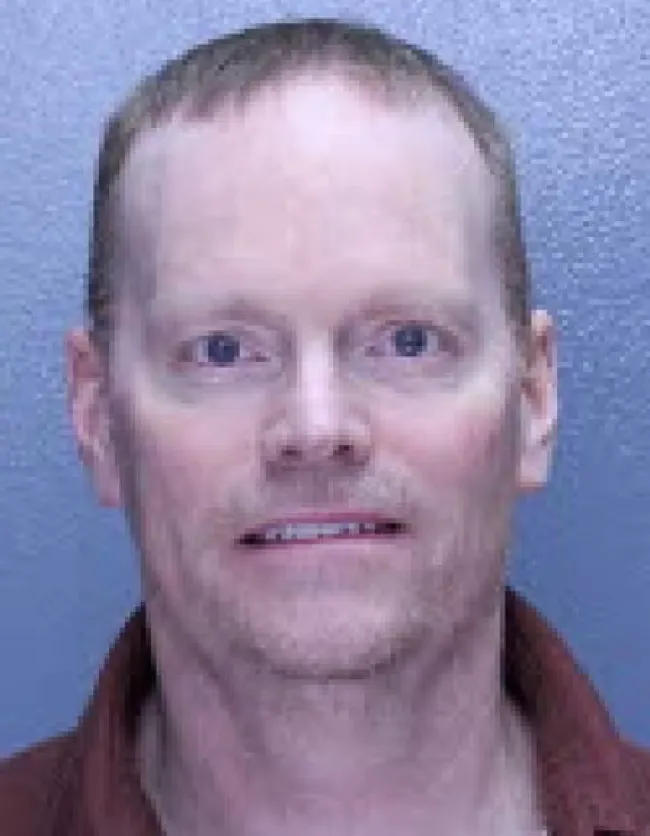The Murder of John Yelenic: A Dentist’s Premonition and the Trooper Who Made It Horrifyingly Real
On April 13, 2006, the small town of Blairsville, Pennsylvania, was shaken by a crime so brutal it left even seasoned investigators stunned. Dr. John Yelenic, a beloved local dentist, was found dead in his home with his throat slashed and his head smashed through a plate glass window. His murder not only fulfilled his own chilling premonition but also exposed a web of betrayal, jealousy, and groundbreaking forensic science that would bring his killer—a state trooper—to justice.
A Premonition of Death
John Yelenic, 39, had long feared his life was in danger. Months before his murder, he confided in his divorce attorney, Effie Alexander, setting aside $10,000 for a private investigator to probe his death if it occurred. “He was convinced his murder would be covered up and the evidence buried with him,” Alexander later revealed. Tragically, Yelenic’s fears materialized in the early hours of April 13, 2006, when an intruder attacked him in his home, leaving him in a pool of blood next to his unsigned divorce papers.
Neighbors reported hearing “bloodcurdling screams” and sounds resembling “pig squeals” around 1:30 a.m. but dismissed them as inconsequential. Hours later, 9-year-old Zachary Uss discovered Yelenic’s body, describing the scene as “gruesome” with blood smeared across broken glass and walls.
The Suspect: A Trooper with a Grudge
From the start, suspicion fell on Kevin Foley, a Pennsylvania State Trooper and the live-in boyfriend of Yelenic’s estranged wife, Michele. The couple’s divorce had devolved into a bitter feud, with Michele accusing Yelenic of sexually abusing their adopted son—a claim a judge later dismissed as baseless. Foley, who openly loathed Yelenic, frequently told colleagues, “I wish John Yelenic was dead” and even asked another trooper to help kill him, later dismissing it as a “joke.”
Michele’s financial motives were glaring: she stood to inherit Yelenic’s 1millionlifeinsurancepolicyandavoidlosing1millionlifeinsurancepolicyandavoidlosing2,500 in monthly spousal support if the divorce was finalized. The murder occurred just one day before Yelenic was set to sign the papers.
Forensic Breakthroughs and DNA Justice
The investigation initially stalled due to Foley’s law enforcement connections and a lack of witnesses. However, critical evidence emerged:
- Bloody Footprints: Limited-edition Asics Gel Creed shoes left prints at the scene. Foley had purchased the same rare model through a law enforcement program.
- DNA Under Fingernails: A minuscule DNA sample from Yelenic’s nails was matched to Foley. Initial FBI analysis gave a 1-in-13,000 probability, but TrueAllele—a revolutionary computational method—boosted the match to 1-in-189 billion, marking the first use of this technology in a courtroom.
Prosecutors argued Foley confronted Yelenic over the divorce, leading to a violent struggle. Foley allegedly pushed Yelenic’s head through a window, severing his carotid artery, before slashing him repeatedly with a knife.
Trial and Aftermath
Foley’s 2009 trial exposed his unrepentant demeanor. He testified that his threats were “just my personality” and joked with the jury, but the evidence was overwhelming. Convicted of first-degree murder, he received life without parole.
Michele, though never charged, moved to Georgia with their children. Yelenic’s cousin, Mary Ann Clark, expressed relief: “John has his justice tonight. He died the most horrible death, and the system worked.”
Legacy: A Case That Changed Forensics
The Yelenic murder became a landmark for TrueAllele DNA technology, now a staple in criminal investigations worldwide. It also highlighted the dangers of unchecked grudges within law enforcement. As Deputy Attorney General Anthony Krastek noted, Foley’s hatred and Michele’s financial motives created a “killing of passion” that shattered a community.
John Yelenic’s story remains a haunting reminder of how personal vendettas can collide with justice—and how science can tip the scales toward truth.
